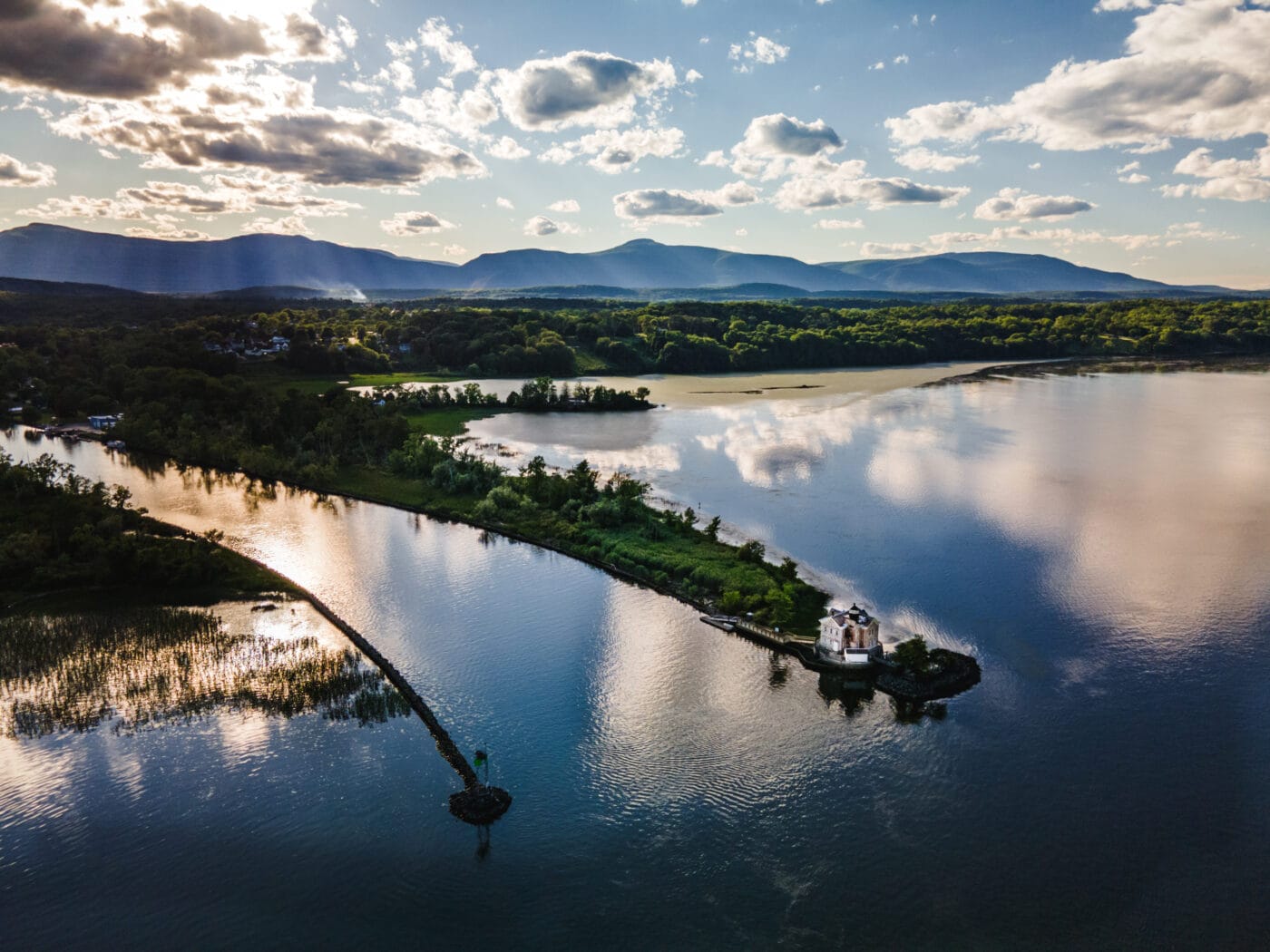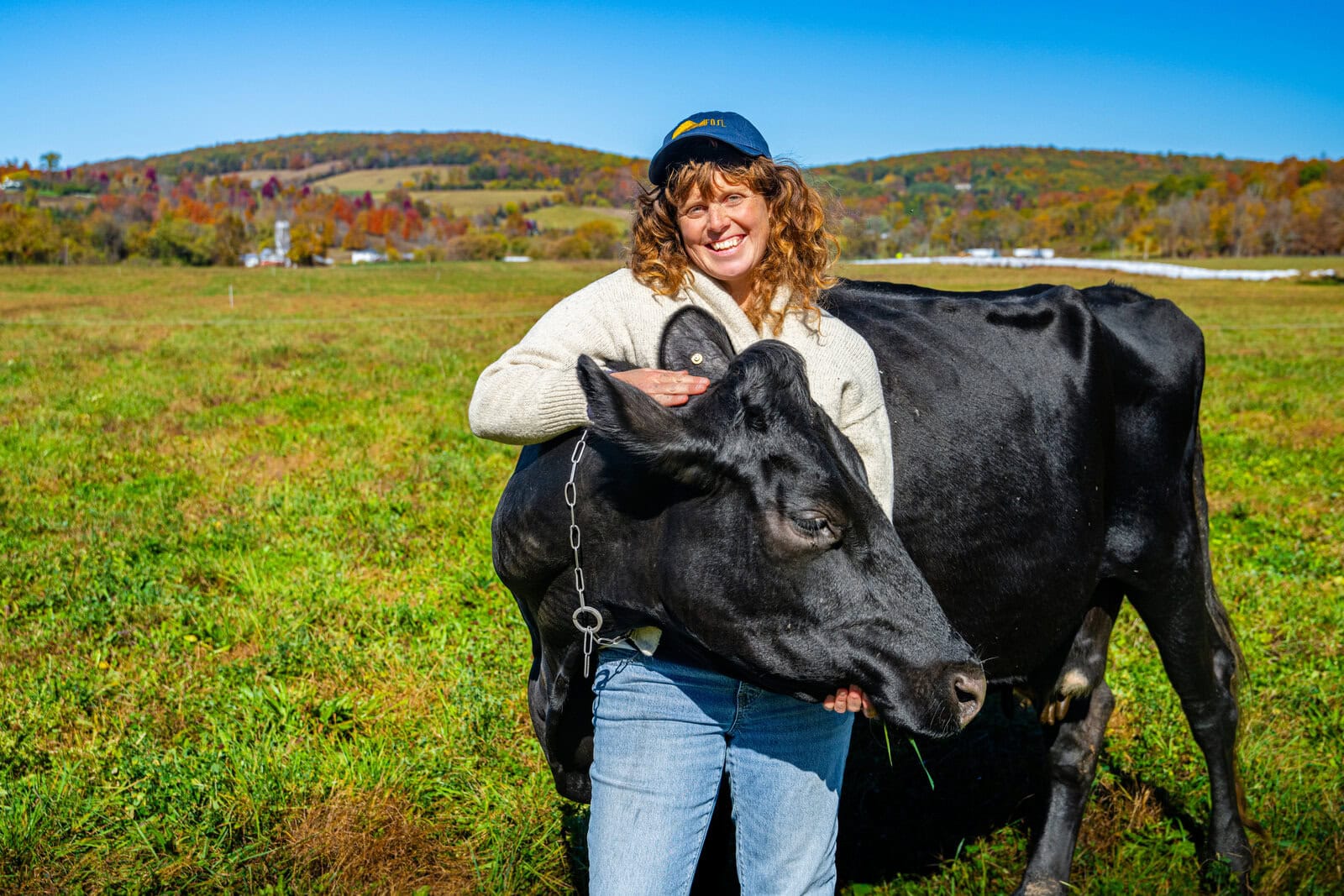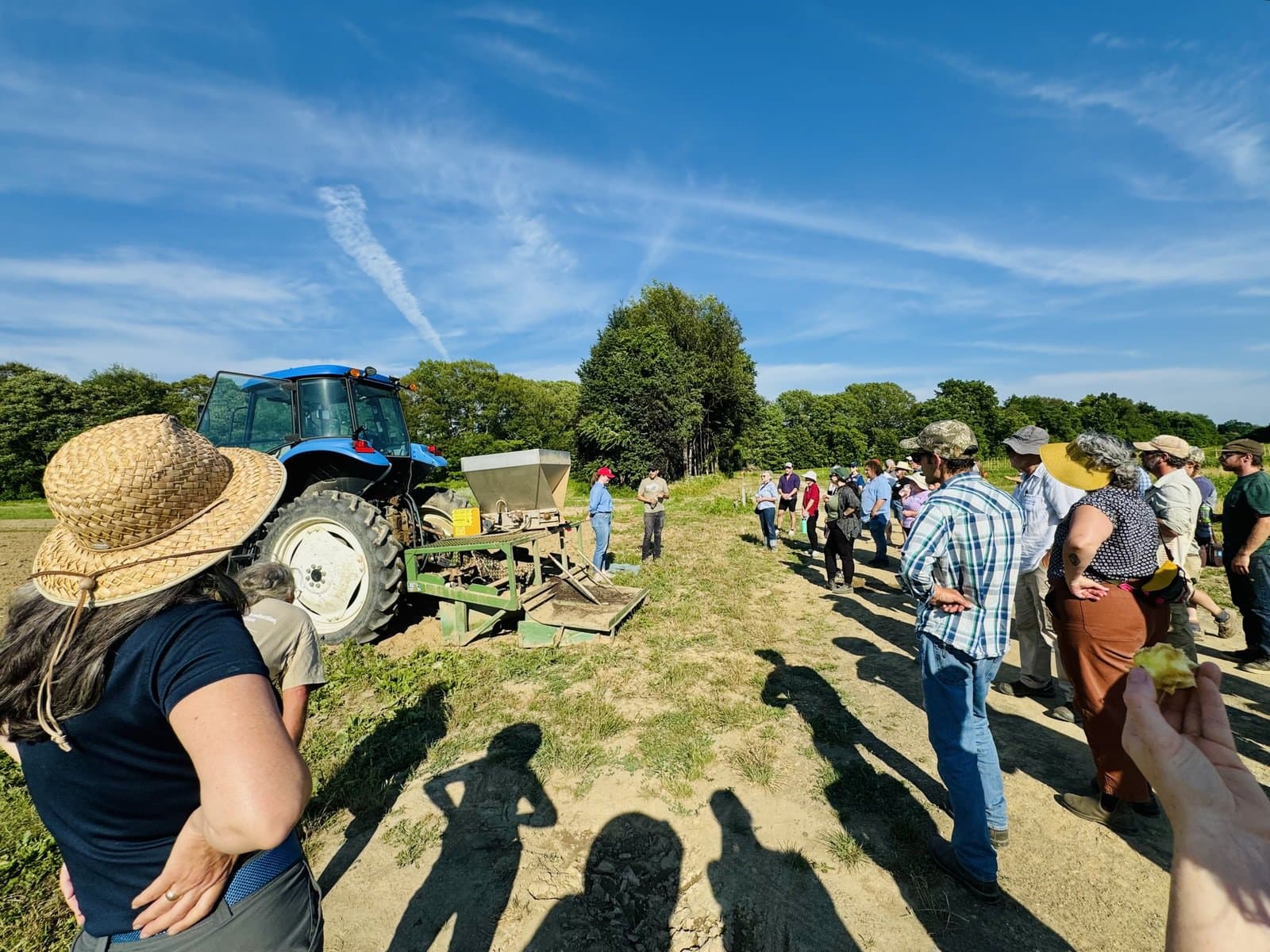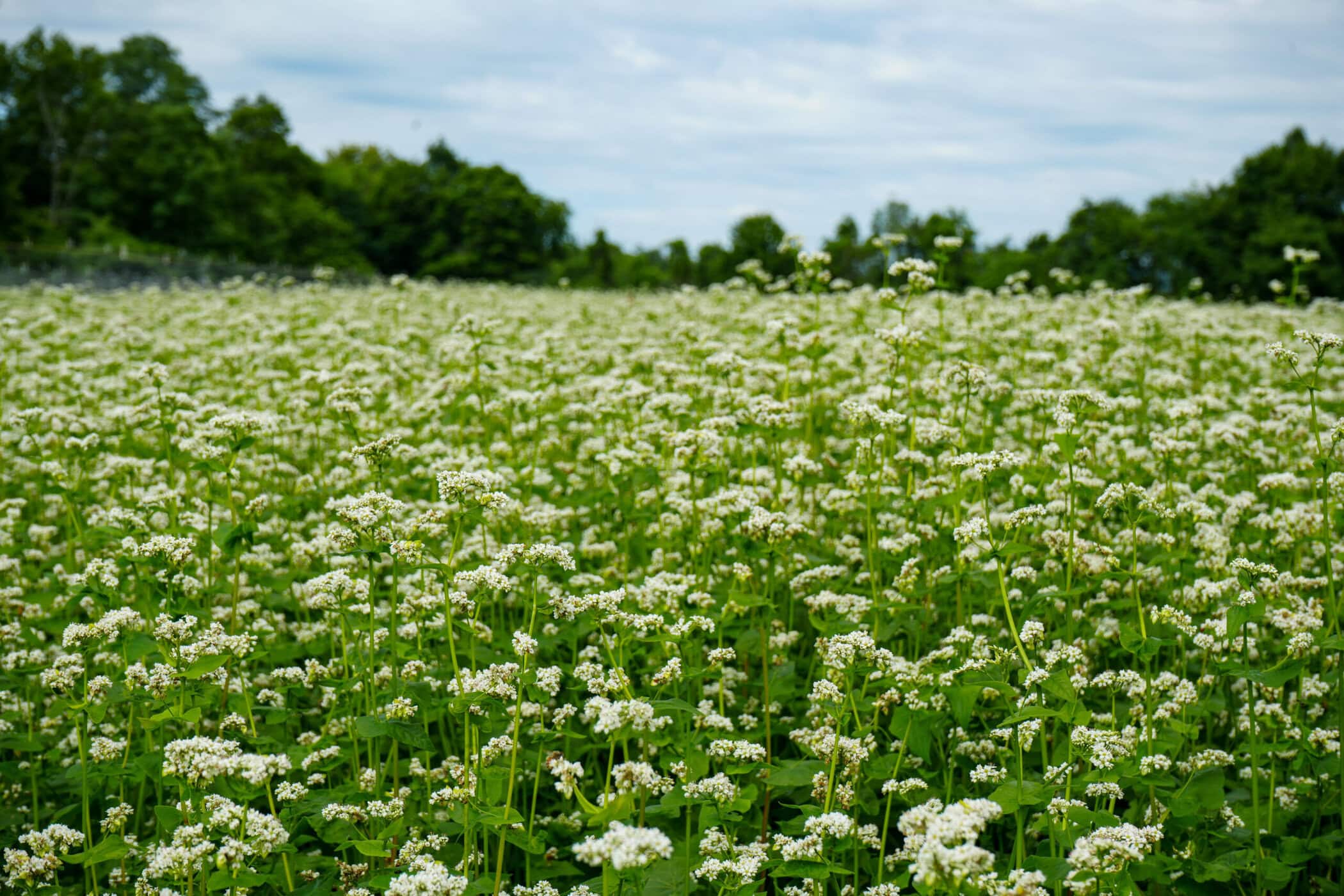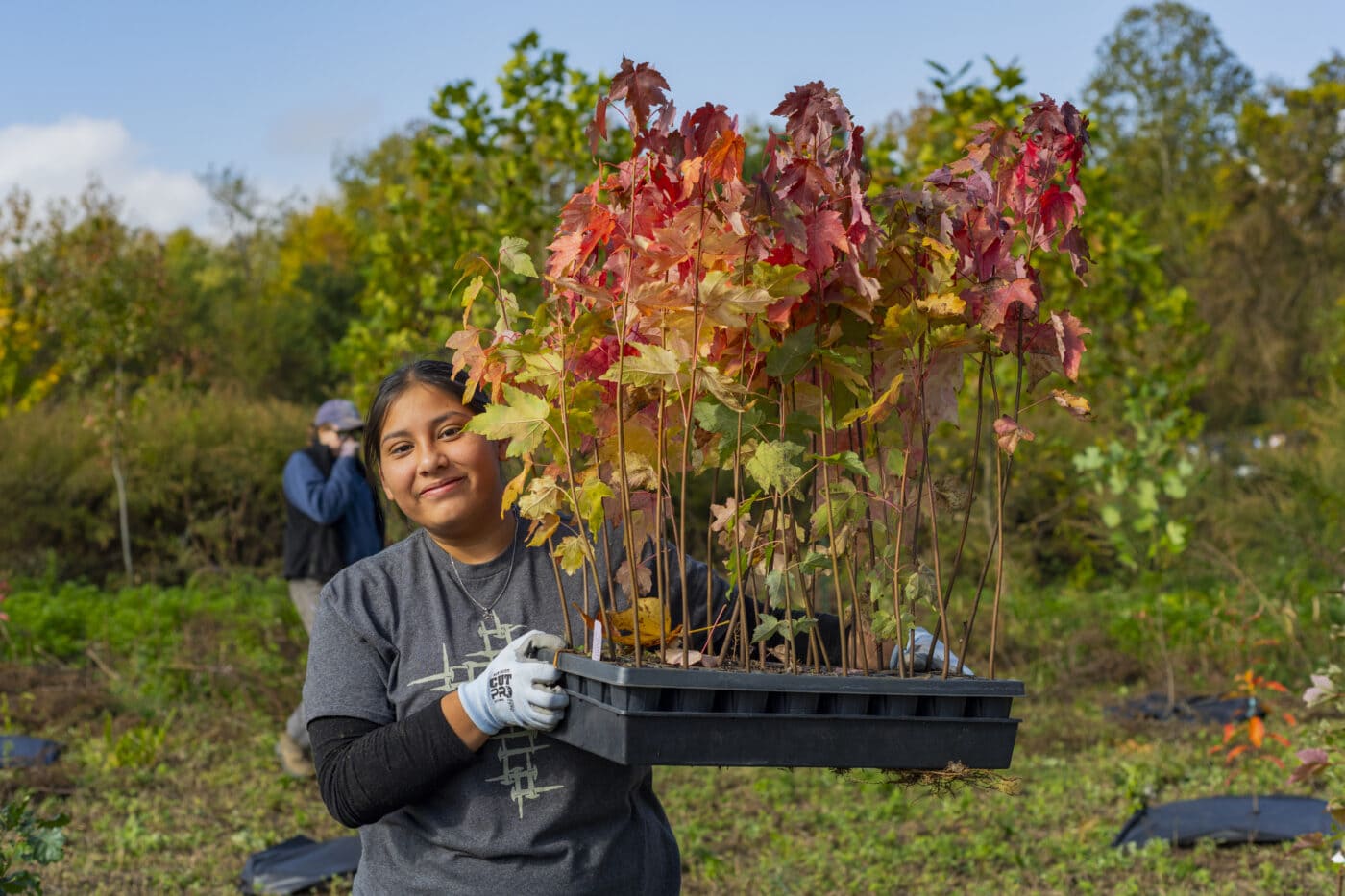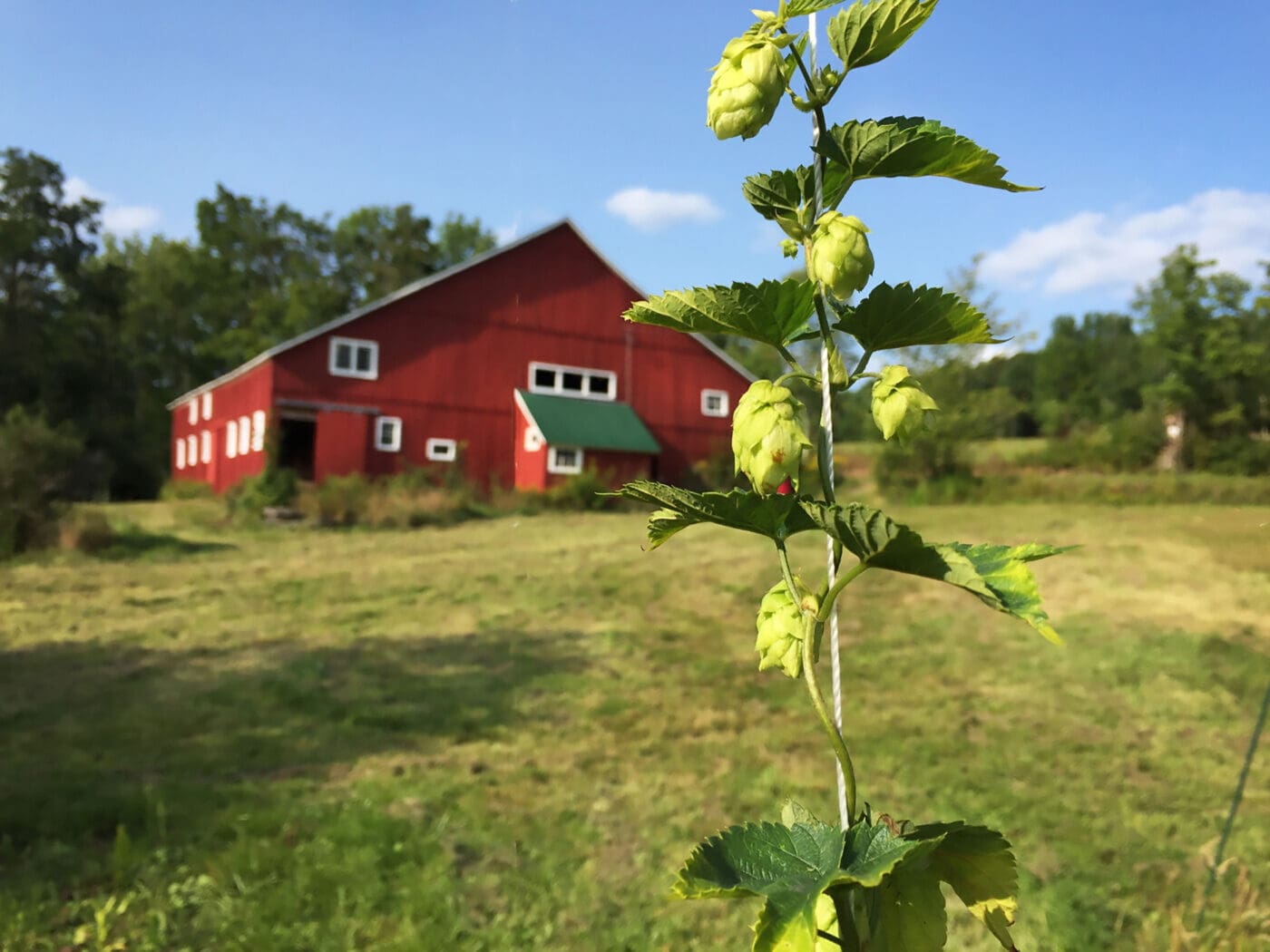On a cold January evening in 2024, a group of property owners along the Lower Esopus Creek gathered inside a darkened senior center in the Town of Ulster. Lit by the glow of a video projector, they learned of the latest developments in what has been a more than century-long tug of war between the drinking water needs of New York City’s residents, and the property rights and ecosystem health of several Ulster County towns.
At issue these days is a permitting battle between the state and the city over how the city’s Department of Environmental Protection manages high water levels in the Ashokan Reservoir, and how it removes silt and other sediment from the water that flows through the largest unfiltered water system in the nation.
In July 2024, the city and state announced they’d reached an agreement to better balance those needs, limiting muddy discharges. But the road to a fresh approach had taken years.
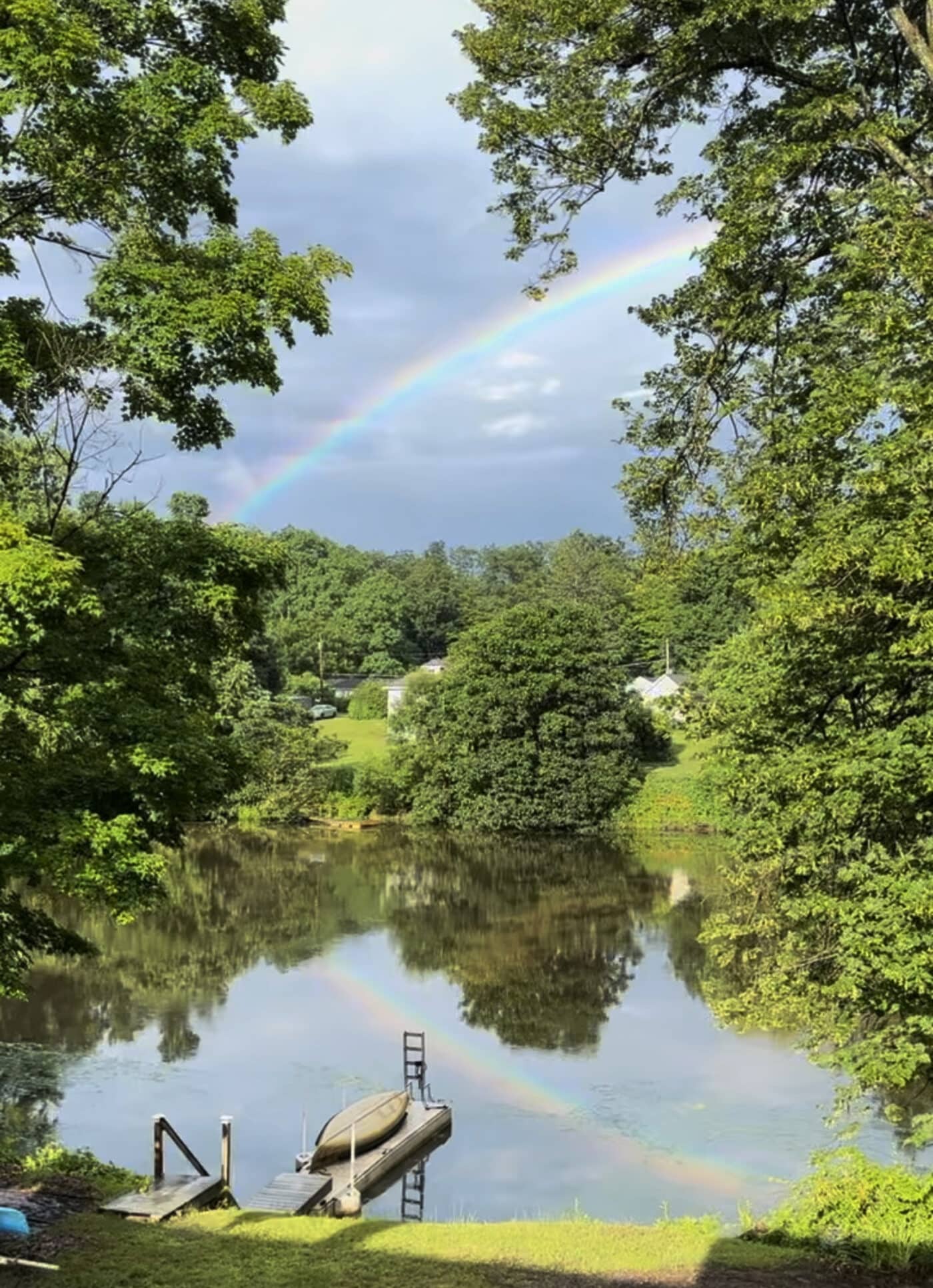
The system provides approximately 1.2 billion gallons of drinking water to nearly half the state’s population every day, satisfying 8 million thirsty NYC residents, as well as 1 million consumers in Ulster, Orange, Putnam, and Westchester counties.
Among the system’s 19 reservoirs is the 8,315-acre Ashokan Reservoir, completed in 1915 by way of the construction of 5.5 miles of dams and dikes along the western portion of the Esopus Creek. To construct it, the city removed residents of 11 communities, relocated a handful of buildings, and burned the rest to the ground, the foundations of which have surfaced eerily above the Ashokan’s waterline during times of drought.
More than a century later, the latest reminder of the city’s hubris is not from a lack of water, but rather too much of it. In an effort to meet increasingly stringent federal and state water requirements, the NYC DEP had been flushing muddy, turbid water into the Lower Esopus, causing flooding, ecosystem damage, and anguish to those who live along what the Environmental Protection Agency began calling an “impaired” waterbody.
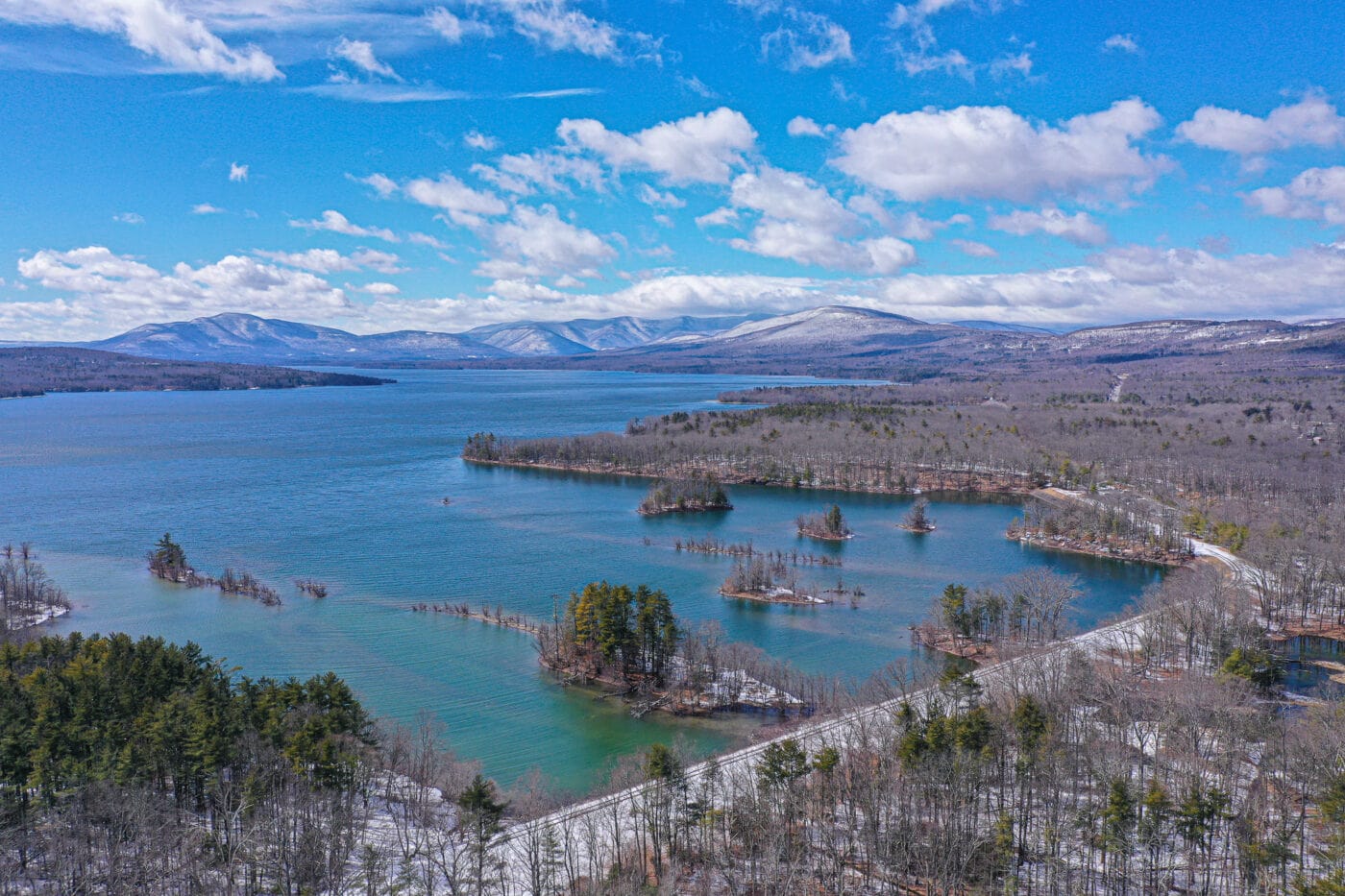
Residents who live near the creek — which passes through the towns of Marbletown, Hurley, Ulster, and Saugerties before discharging into the Hudson River — said at January’s meeting that they felt increasingly helpless. The reason many moved to the area was for a higher quality of life. The discharge, they said, made them feel that was being eroded every day.
During heavy rainstorms, glacial till and other sediments in a 256-square mile watershed wash down the Upper Esopus and into the Ashokan Reservoir. The reservoir was built with two basins, one which allows sediment to settle out of the water before moving into a second basin that feeds an aqueduct serving the supply system.
Major storms in 2005 and 2006 overwhelmed the basin system, leading to flooding downstream. In 2007, the NYC DEP received a permit for the state to use aluminum sulfate, an additive that binds to particles in a water column, makes them heavier, and drives them to the bottom. The city also began releasing millions of gallons of turbid water downstream into the Lower Esopus.
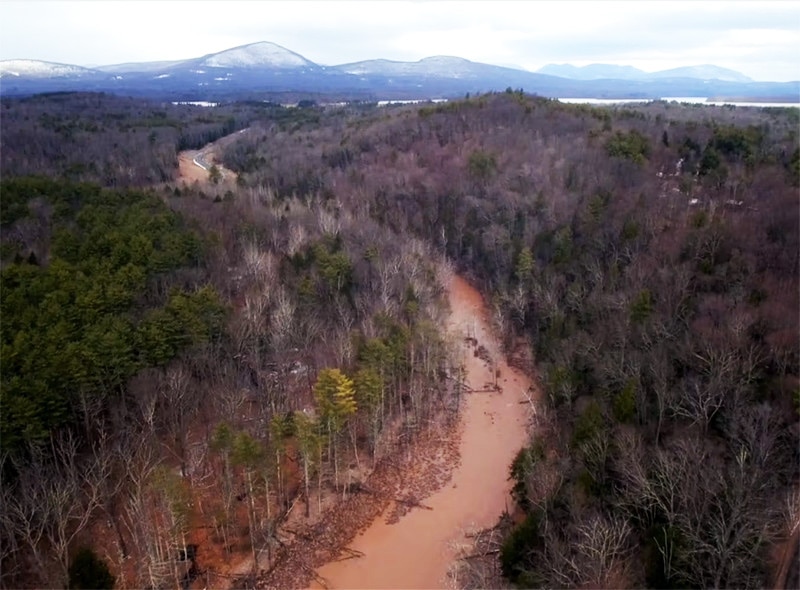
These steps allowed the city to keep its water delivery system unfiltered at a huge cost savings. Municipal systems that rely on surface waters are allowed to remain unfiltered so long as they meet strict criteria established by the EPA. Were the city to run afoul of the criteria, it could be ordered to install a filtration system that has been estimated to cost as much as $10 billion to build and $1 million a day to operate. A much cheaper option was simply to dump the silty water downstream.
By 2011, Ulster County residents had had enough. County officials threatened to sue the city over the muddy discharges – as much as 600 million gallons a day. While some turbidity is natural, especially given the glacial history of the watershed, the releases have had harmful impacts on wildlife, fishing, and recreational tourism, according to a stream management plan for the Lower Esopus prepared by Ulster County.
“Prolonged turbidity exposure has been shown to impact fish community structure,” the plan stated. “The primary impacts are a result of decreased primary productivity on food webs, siltation in gravel spawning habitat, and decreases in visual predation abilities.”
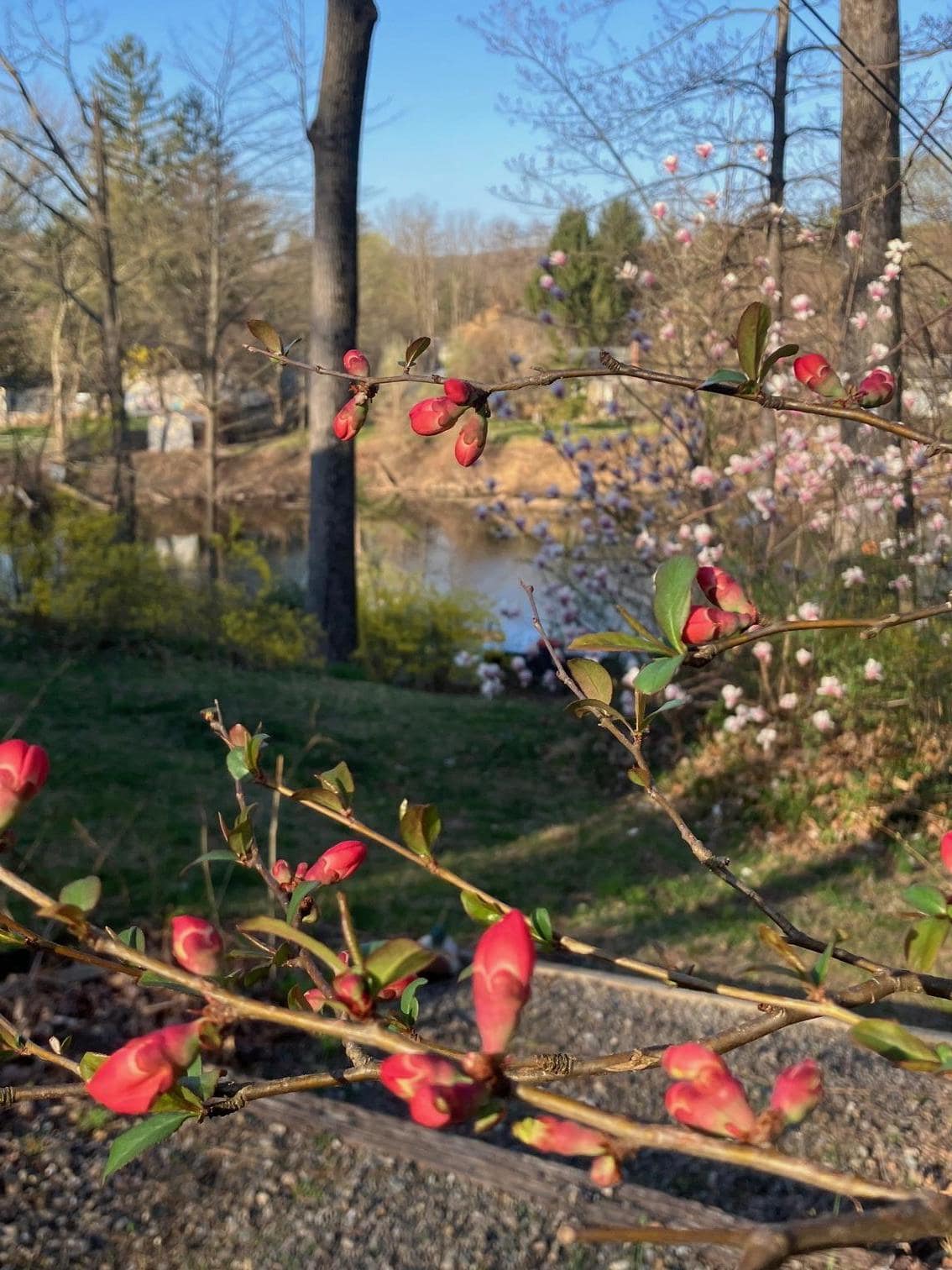
In response to the lawsuit threat, the city began reducing the levels of the discharges and entered into an agreement with the state in 2013 to better manage both turbidity and release levels. In addition to requiring a less impactful, interim release protocol, the agreement also required the city to pay a $2.7 million civil penalty, most of which will fund environmental improvement projects.
That money remained unspent by early 2024, however, and the city failed to come up with an acceptable management plan. A draft plan released in 2021 was roundly criticized by officials, environmental groups, and residents, many of whom noted that the muddy releases affect not only the Lower Esopus, but also the Hudson River, which serves as a source of drinking water for more than 100,000 people in seven communities.
In response, the state required NYC DEP to redo the plan in a process that could take another years. The glacial-like pace of change left some residents frustrated.
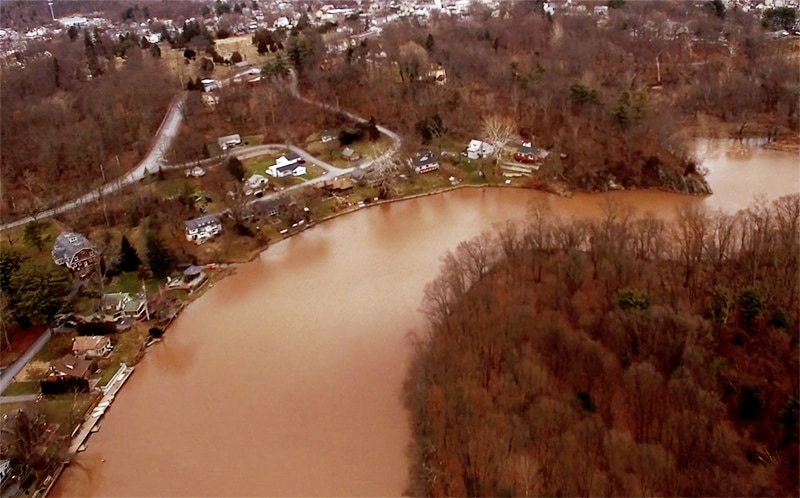
“How many more studies are needed?” Lake Katrine resident Pedro Santiago asked at the January meeting. “How many surveys have to be done? How many times does the water have to be tested? And money is being spent on these. We listen. We fill out forms. And it goes nowhere.”
And yet, others pointed to the impact that public outcry had on the city’s initial plan. Nearly 1,300 comments were submitted, according to the state DEC. January’s meeting in the Town of Ulster was held, in part, to gain input from residents as to how some of the city’s penalty payment should be used. Those recommendations were to be included in a management plan for the Lower Esopus.
“The goal with this project is to outline visions, goals, and specific recommendations,” said Ben Ganon, an environmental resource technician with Ulster County. “And then we have $2 million that is non-state, non-federal money, so it can be used as a match. The goal is to leverage that into additional funds and really generate more money to work with.”
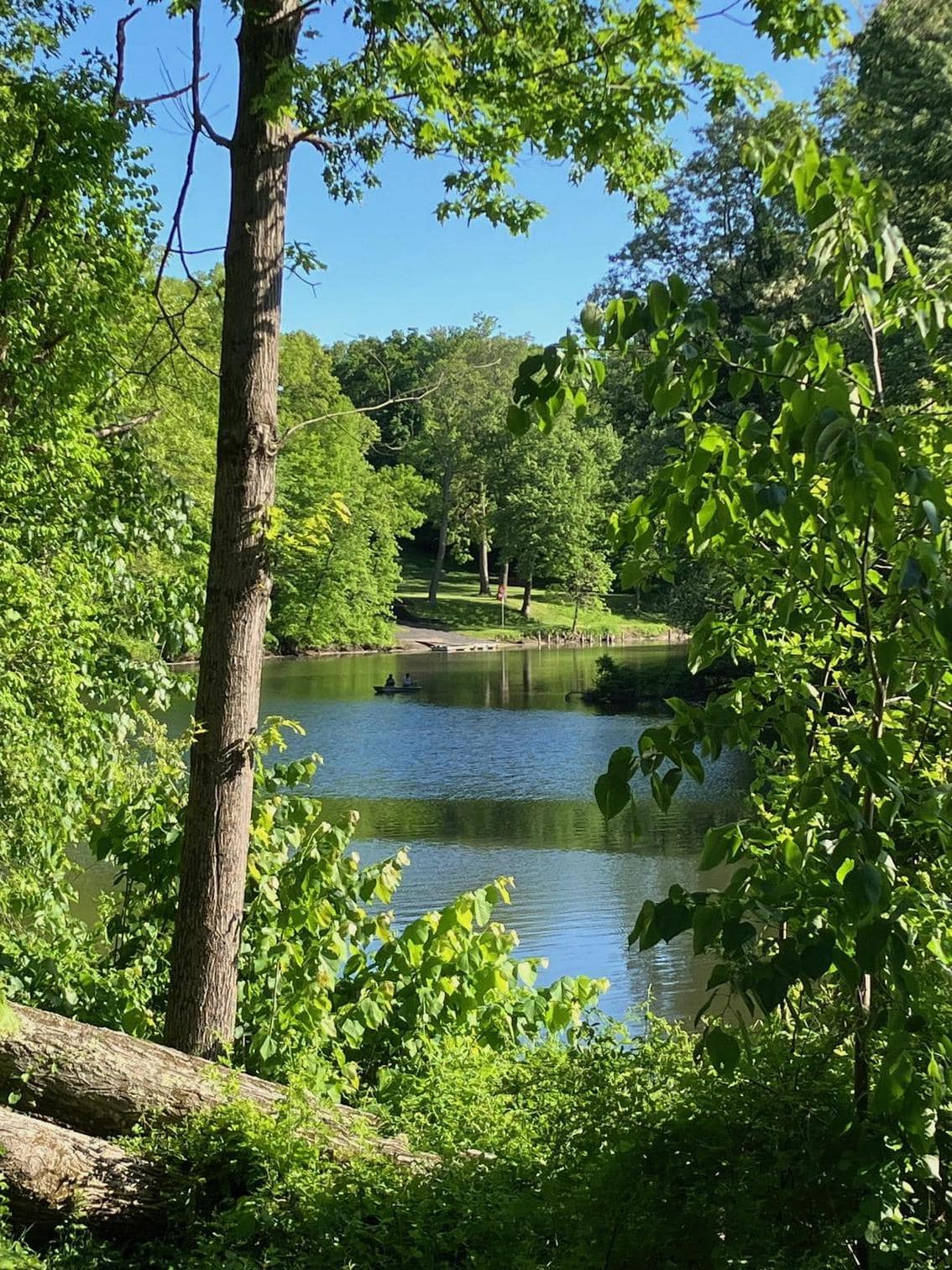
Mary McNamara is a longtime local advocate who has worked with the Hudson River Watershed Alliance, the Esopus Creek Conservancy, the Ashokan Watershed Stream Management Program, and the Lower Esopus Watershed Partnership. She sees the Lower Esopus management plan as a piece of the larger, ongoing effort to ensure manageable and even beneficial releases from Ashokan. “This,” she told those gathered at the meeting, “is an opportunity for you to say what you are thinking, what you hope, what you have noticed.”
Slow as it may be, McNamara says, the work “is an opportunity to right some wrongs.”


